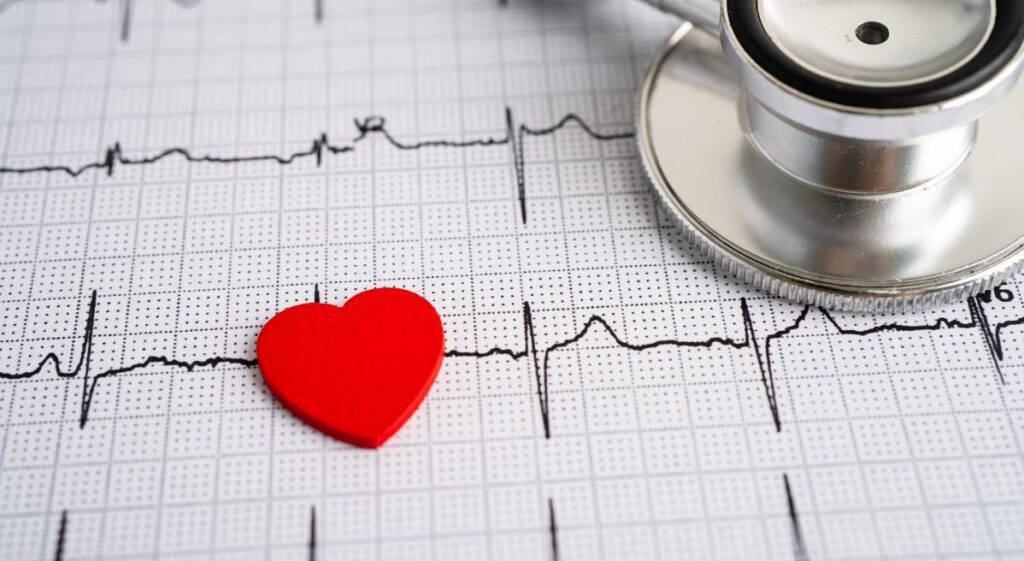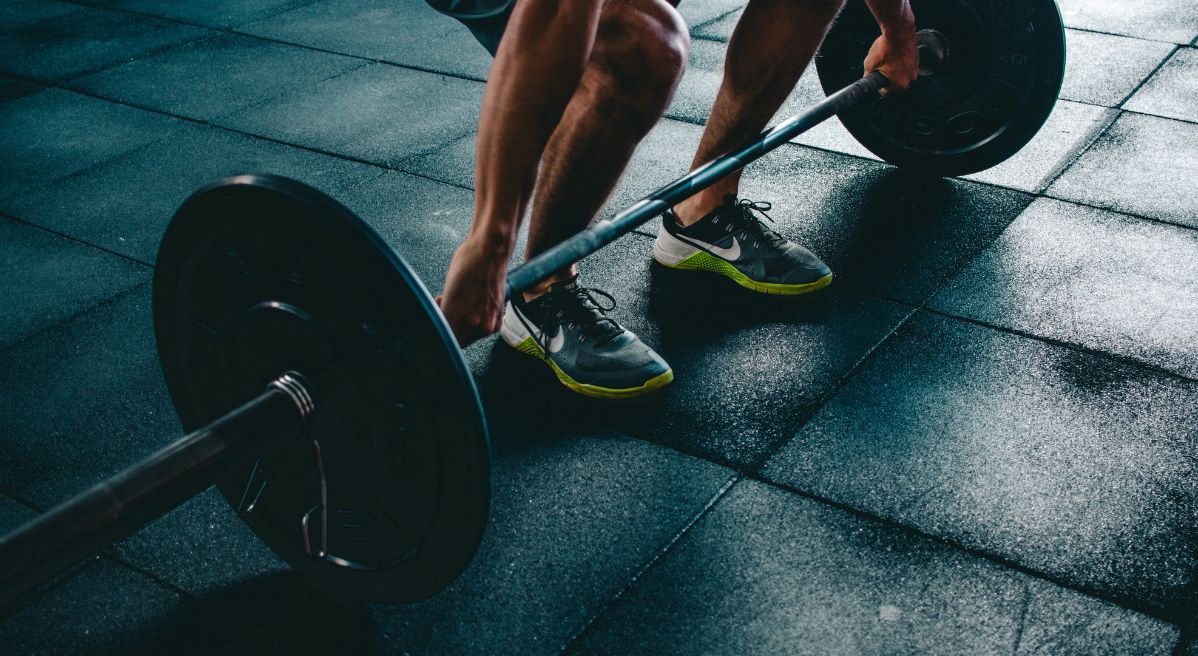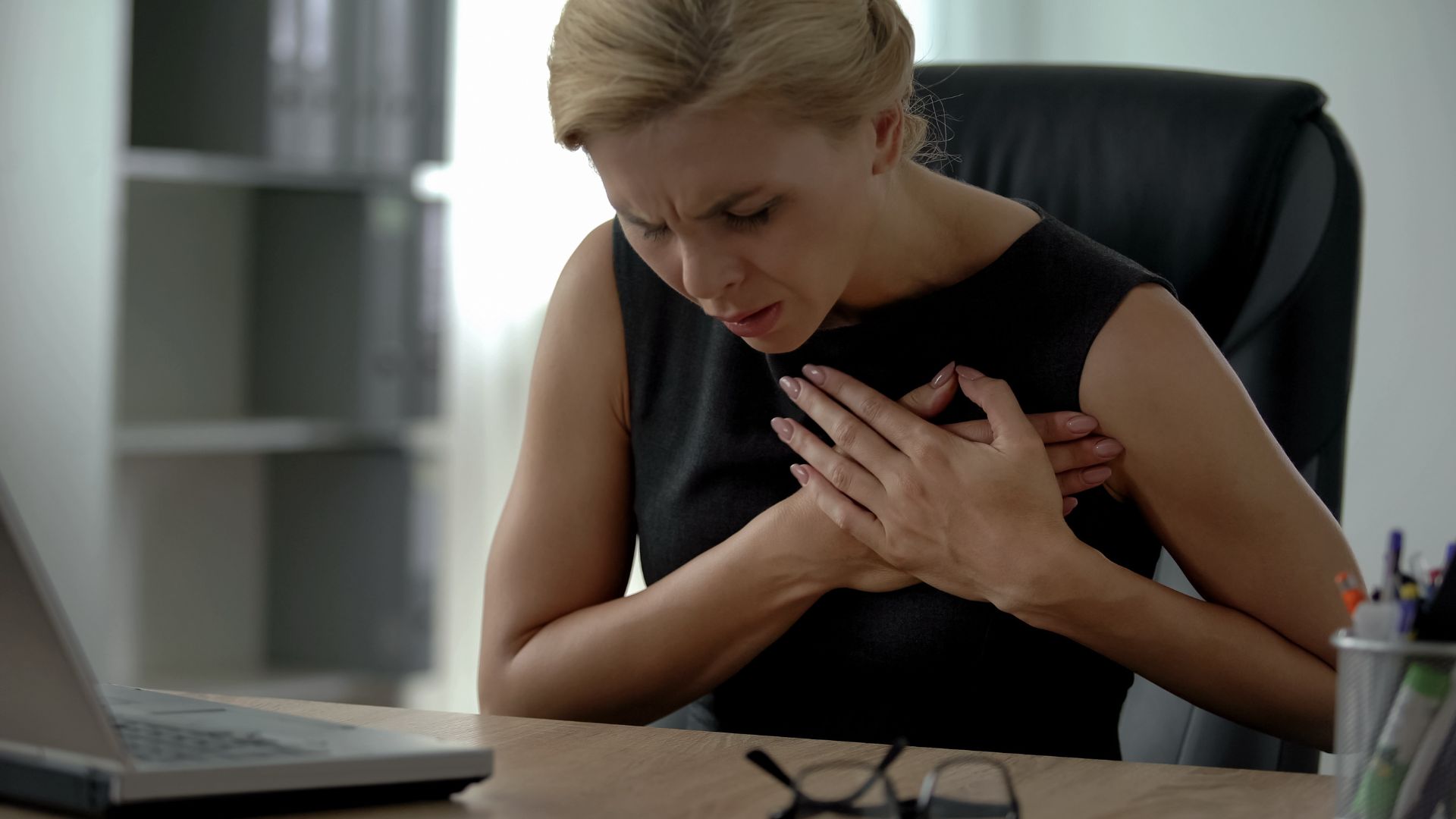Types of arrhythmias commonly treated with cardioversion:
-Atrial fibrillation (AF): An irregular and often very fast heart rhythm that can lead to the formation of blood clots in the heart. Atrial fibrillation increases the risk of stroke, heart failure, and other heart-related complications. During atrial fibrillation, the heart’s atria beat chaotically and irregularly, without coordination with the heart’s ventricles. Many patients do not have symptoms of this type of arrhythmia. If symptoms occur, they may include rapid heartbeat (palpitations), shortness of breath, or weakness. Episodes of atrial fibrillation can be transient or persistent. Although atrial fibrillation itself is usually not life-threatening, it is a serious medical condition that requires appropriate treatment to prevent stroke. Cardioversion is most commonly used for this type of arrhythmia. The success rate of cardioversion for atrial fibrillation is generally over 90 percent. The chances of success are lower when atrial fibrillation has been present for more than a few months or when the left atrium of the heart is significantly enlarged.
-Atrial tachycardia: During an episode of atrial tachycardia, the heart rate increases to more than 100 beats per minute before returning to a typical heart rate of around 60 to 80. The episode may start gradually or very suddenly. Atrial tachycardia can cause a sensation of pounding or rapid heartbeat, dizziness, and fainting.
-Ventricular tachycardia: It occurs when the lower chamber of the heart beats too fast, more than 100 beats per minute. At that moment, the heart muscle is unable to pump enough blood to the peripheral regions of the body. When it lasts only a few seconds, ventricular tachycardia may not cause problems. However, if it persists, ventricular tachycardia can lower blood pressure, leading to syncope (fainting) or dizziness. It can also lead to ventricular fibrillation (a life-threatening arrhythmia) and cardiac arrest.
-Ventricular fibrillation: During ventricular fibrillation, the lower chambers of the heart quiver rapidly and in an uncoordinated manner, resulting in the heart not effectively pumping blood to the rest of the body. Ventricular fibrillation is a dangerous condition that requires immediate medical help. It is the most common type of arrhythmia that causes sudden cardiac death.
How does the natural electrical system of the heart work?
To understand how electrical energy enables the heart to beat normally, it is necessary to know how the natural electrical system of the heart functions. The heart is primarily made up of muscle tissue. This muscle has four chambers, two ventricles in the lower part and two atria in the upper part. The flow of blood is regulated by four valves that help direct the blood in the right direction. Electrical impulses trigger the contraction of the heart muscle. During normal heart rhythm, each impulse moves in a standardized way through nerves from the atria to the ventricles, with each impulse resulting in one heartbeat.
How do arrhythmias develop that require treatment with cardioversion?
Under normal conditions, electrical impulses are generated from specialized pacemaker cells called the sinoatrial (SA) node located in the right atrium. After leaving the SA node, which is also known as the natural pacemaker of the heart, the impulse travels through and activates both atria. The impulse then travels through the muscle fibers of the ventricles and atria, causing the heart to contract. If this pattern of conduction and activation is altered in any way, it can lead to an abnormal heart rhythm (arrhythmia).
During rapid cardiac arrhythmia, an abnormal fast electrical mechanism overrides the action of the sinoatrial node. There is a wide range of cardiac arrhythmias, some of which originate in the atria and others in the ventricles.
How does cardioversion work on arrhythmia?
Cardioversion works by delivering a high-energy shock through the chest wall to the heart muscle during the procedure. This high-energy impulse simultaneously activates the entire heart muscle and conducting tissue. The irregular rhythm of the heart is interrupted, and the arrhythmia is terminated. The SA node starts sending impulses again, and normal heart rhythm is restored.
How is cardioversion performed?
First, the patient receives a sedative. Then, the doctor places electrodes on the chest, and sometimes on the back as well. This way, a mild electric shock reaches the heart and restores its rhythm to normal. Most patients only require one high-energy impulse. Being under anesthesia, the patient will not remember the procedure. Usually, they go home on the same day after the procedure.
Cardioversion in patients with implanted devices
Some patients who require cardioversion already have a pacemaker or an implantable cardioverter-defibrillator (ICD). An ICD is a device surgically placed under the skin in the chest area that constantly monitors the heart rhythm. Cardioversion can alter the settings of the ICD or pacemaker or potentially damage them, as well as heart tissue. To reduce these risks, patches or electrodes are placed at least 12cm away from the pacemaker or ICD. After cardioversion, the pacemaker or ICD is checked to ensure they continue to function normally.
At PULSE Cardiology Center, cardioversion is performed in an outpatient setting by experts in interventional cardiology and electrophysiology.





